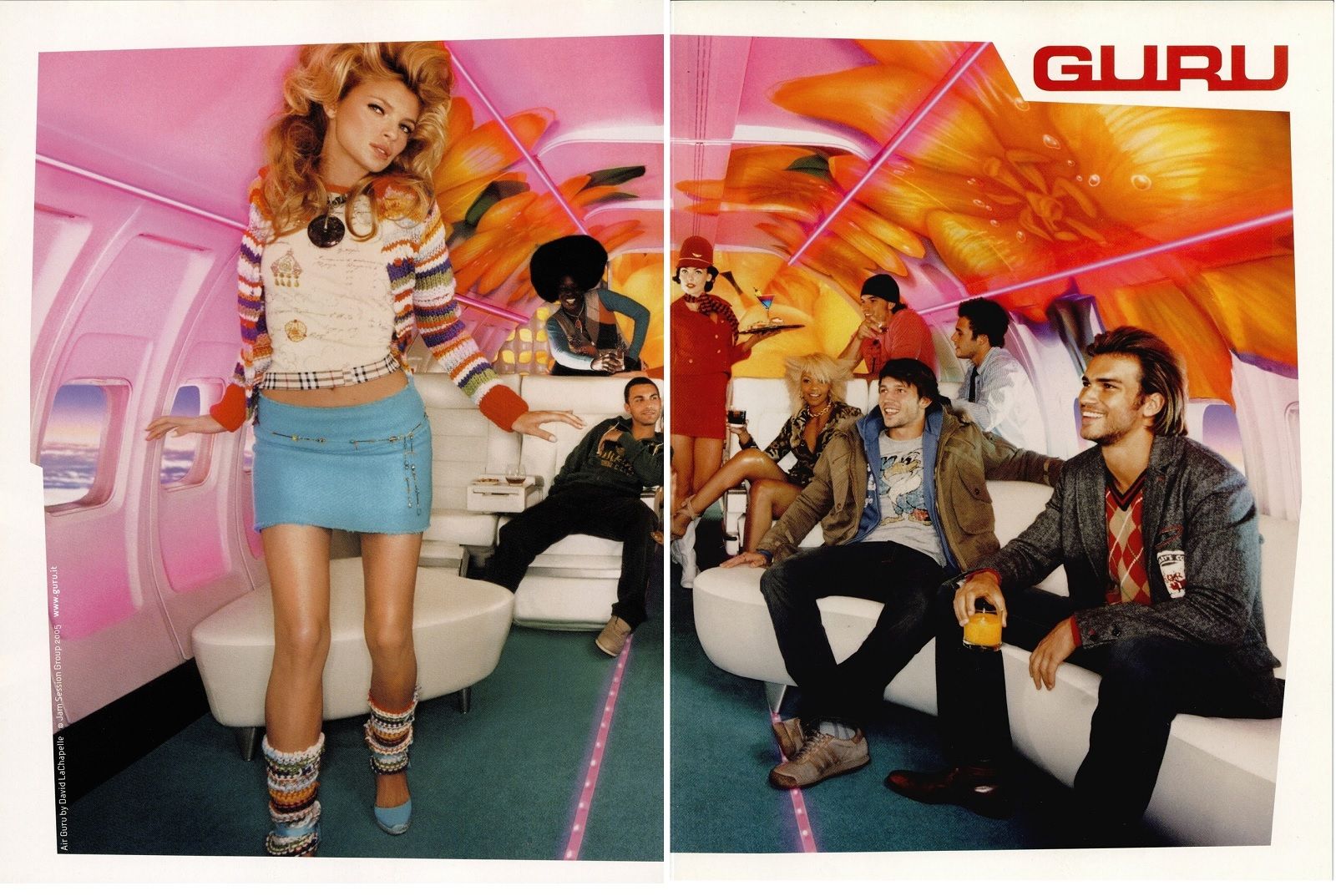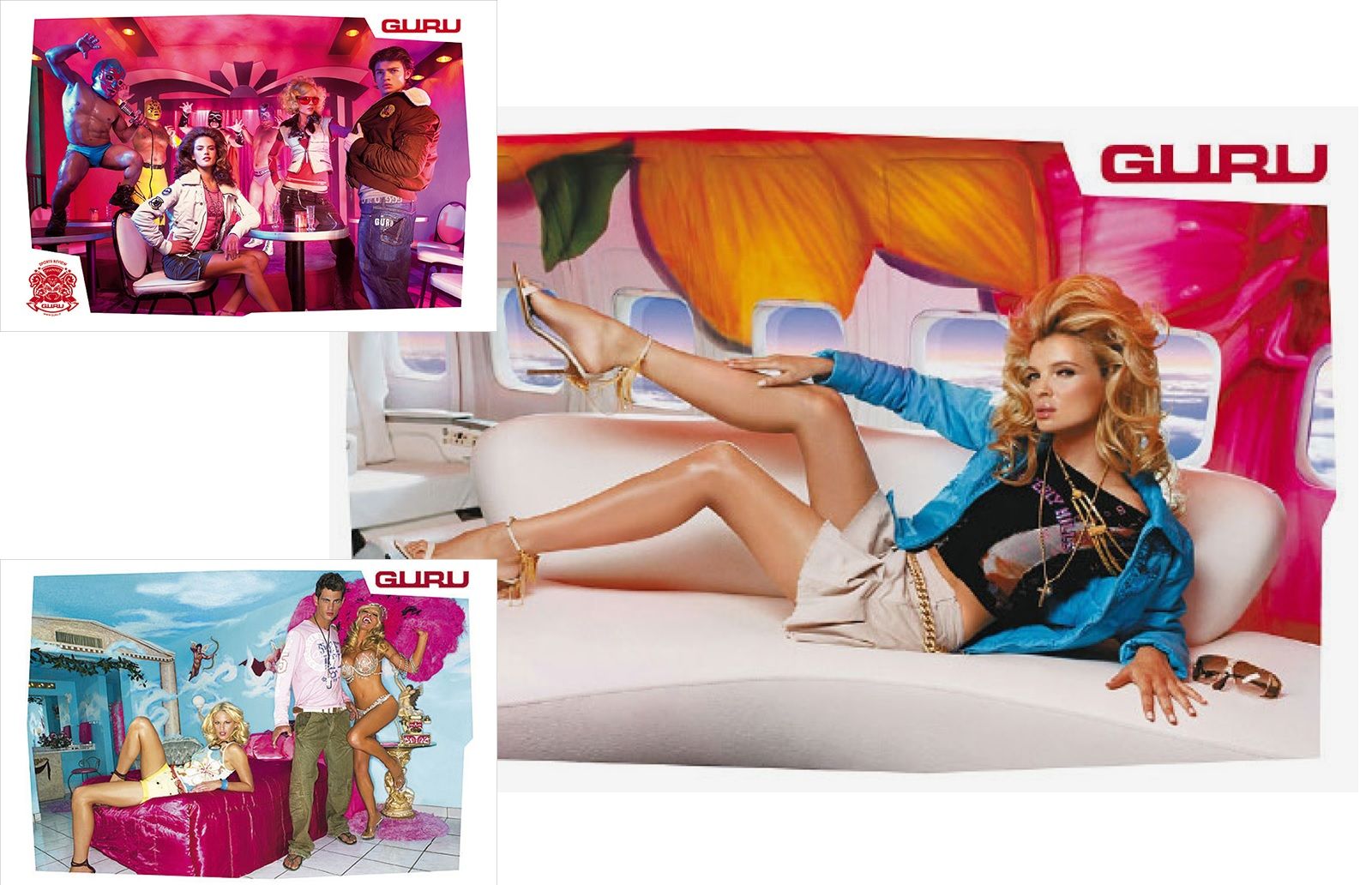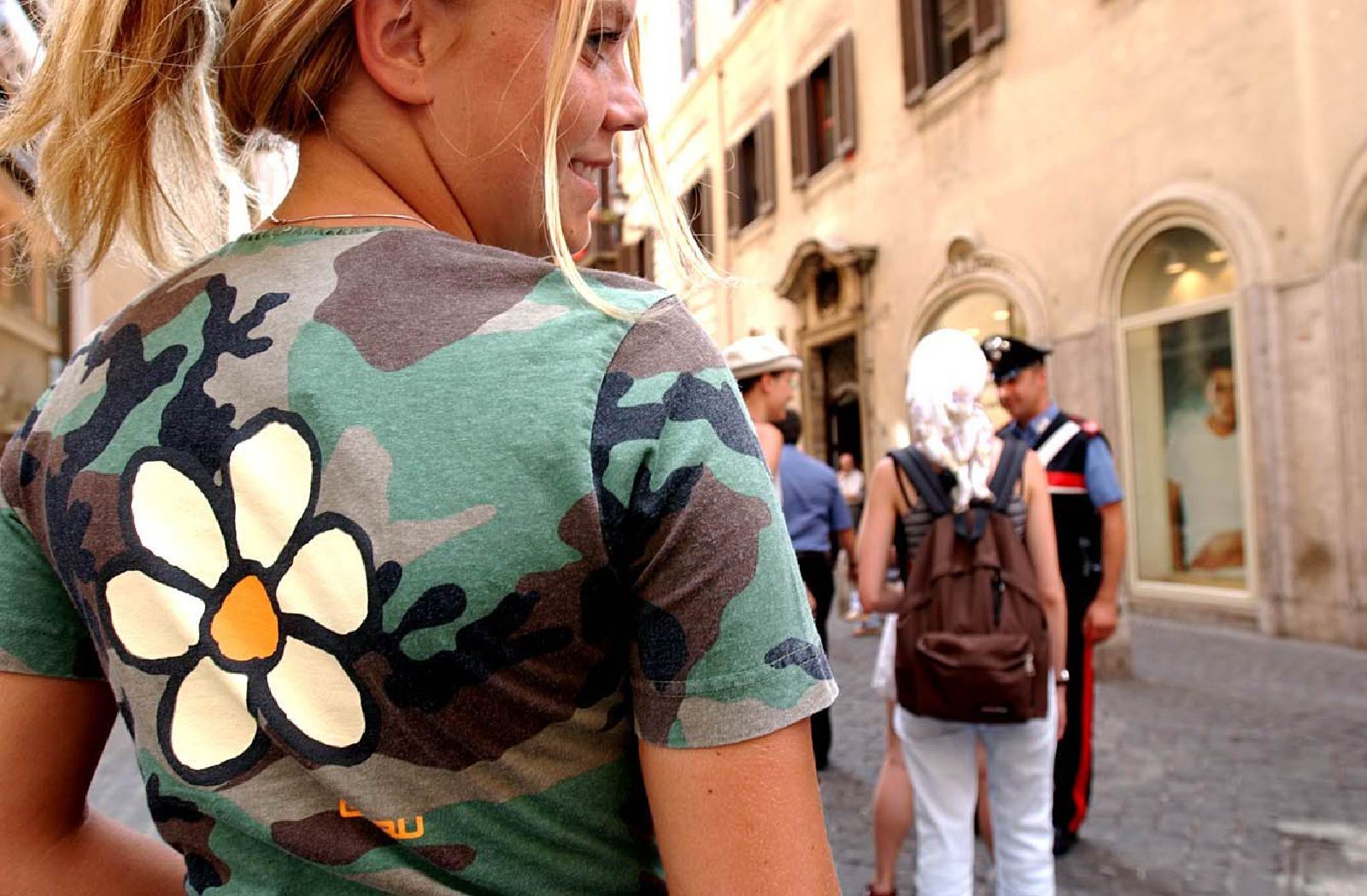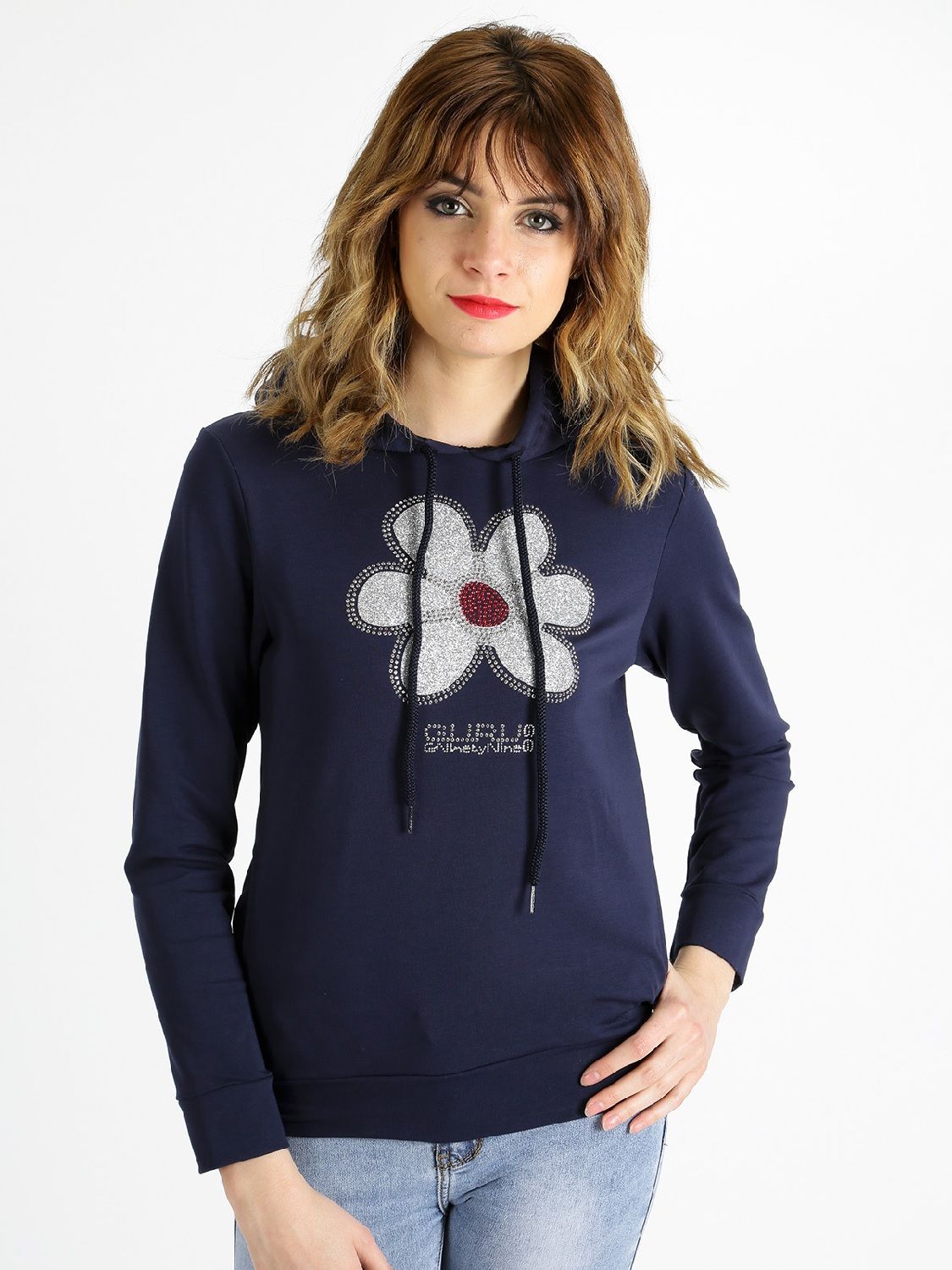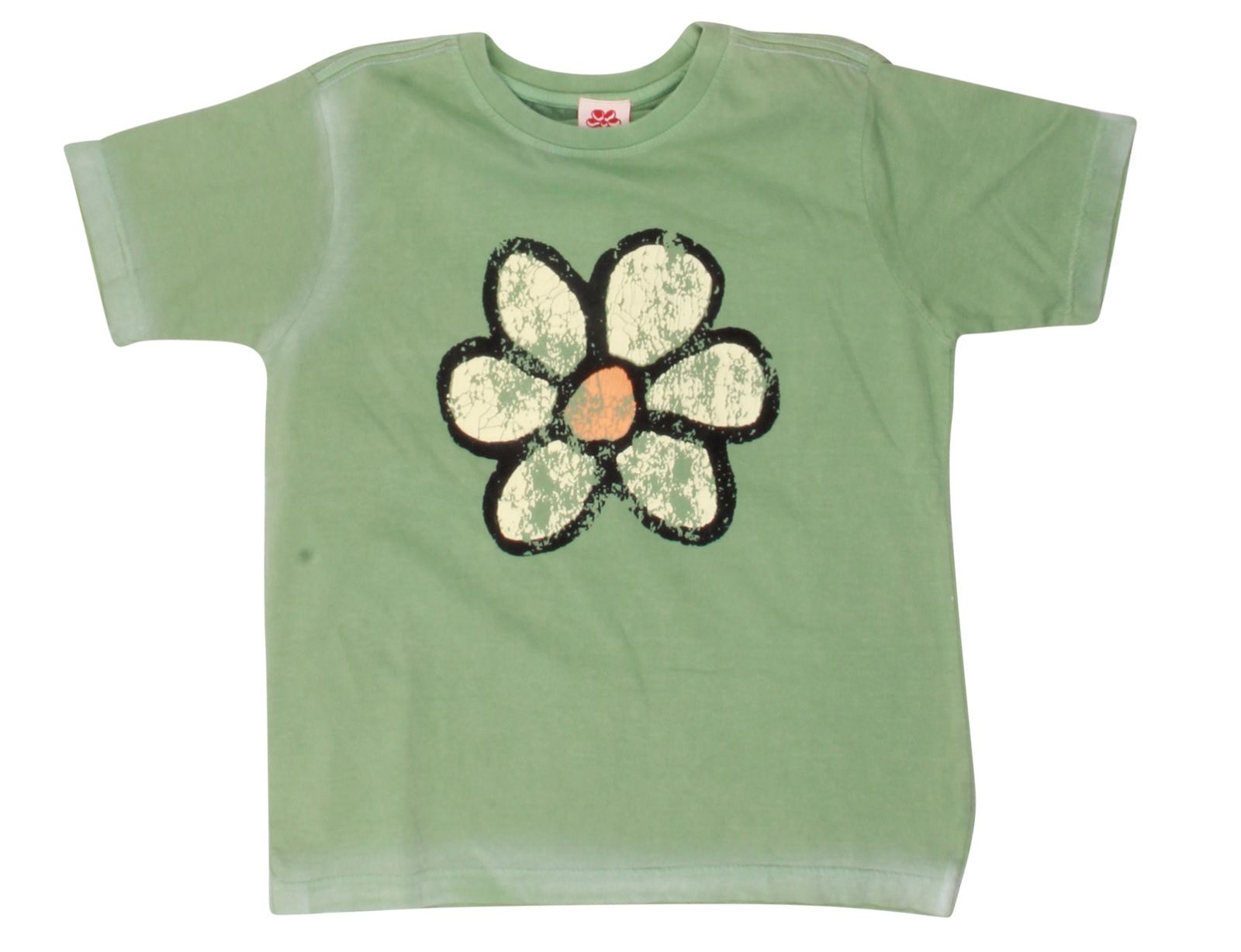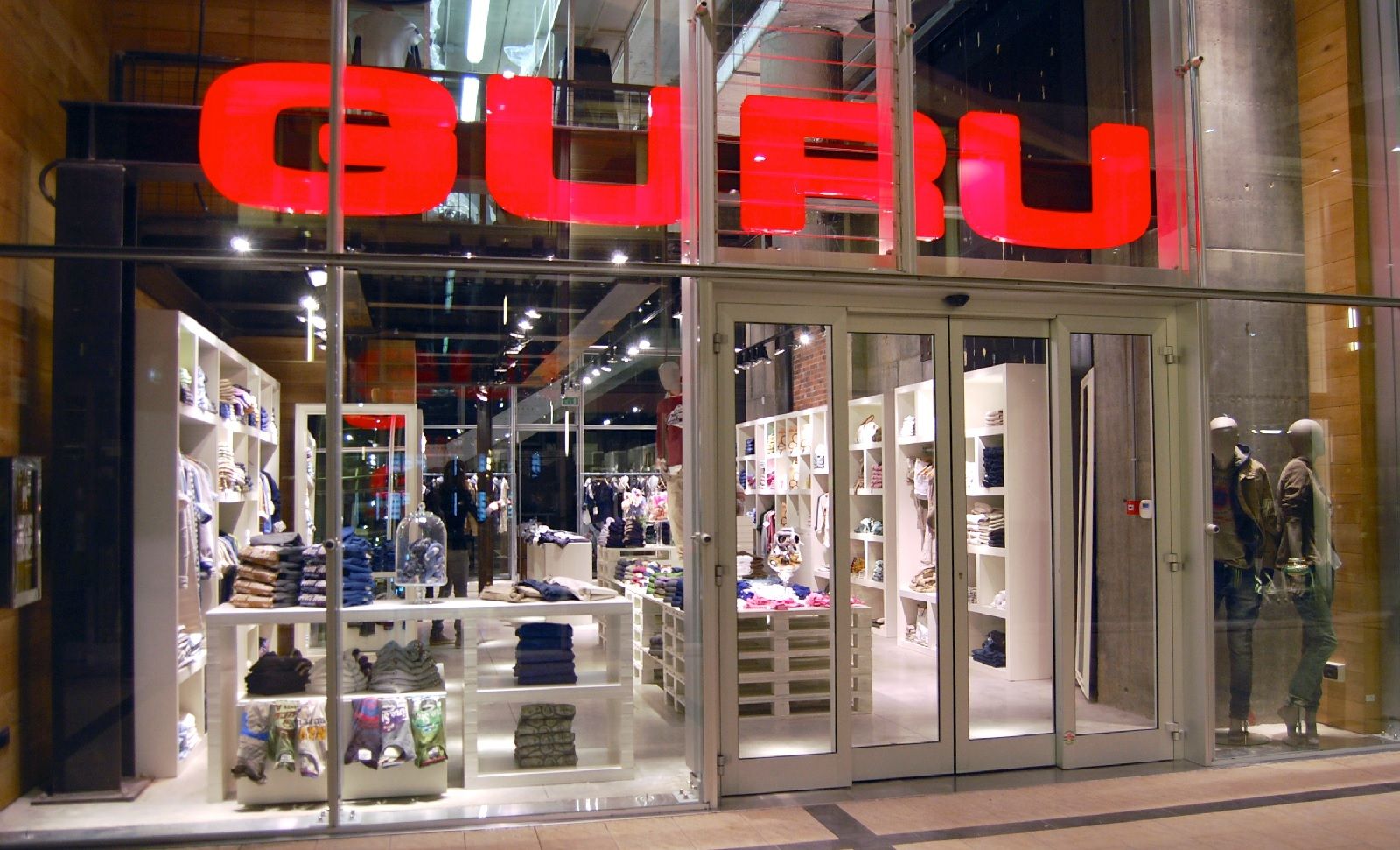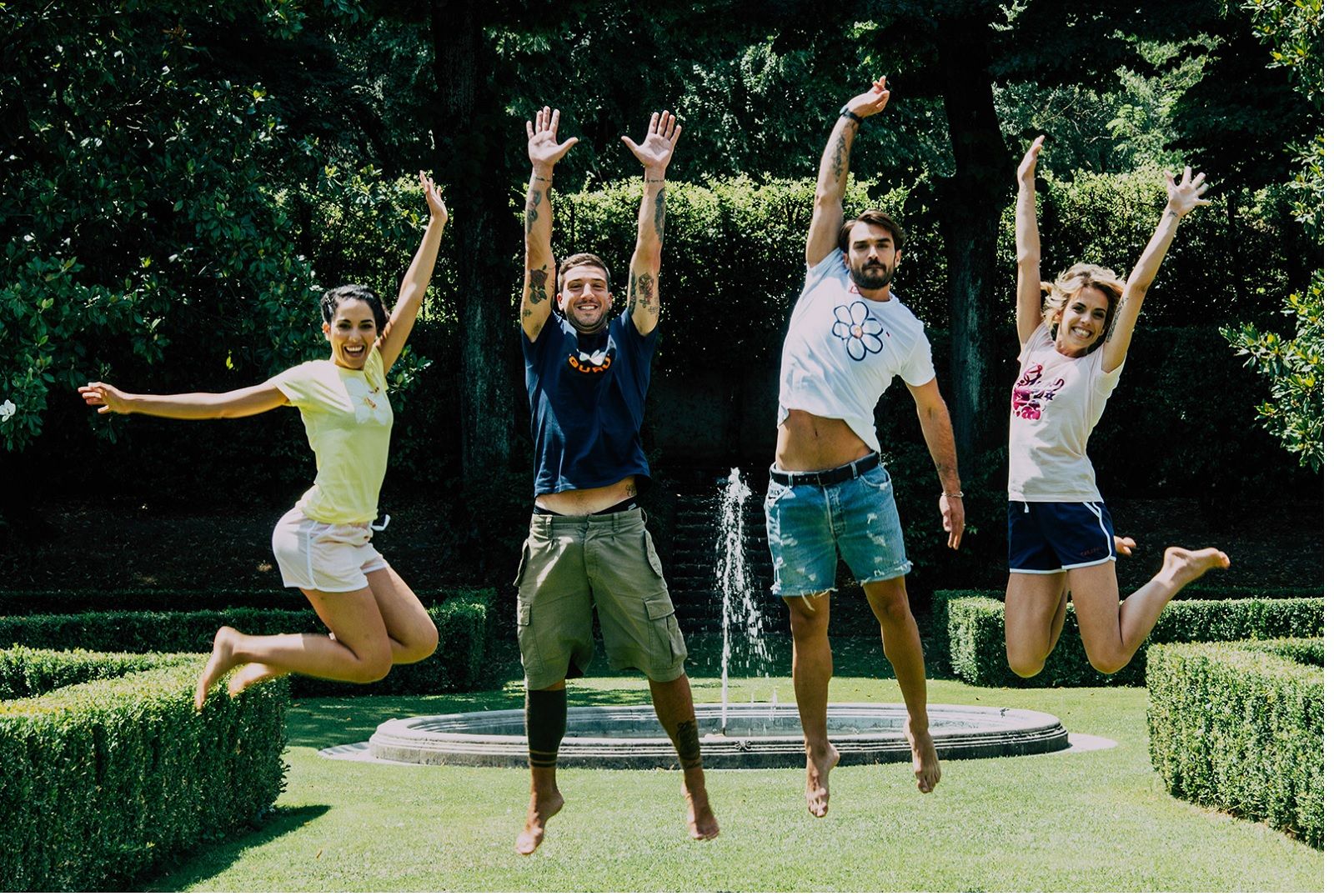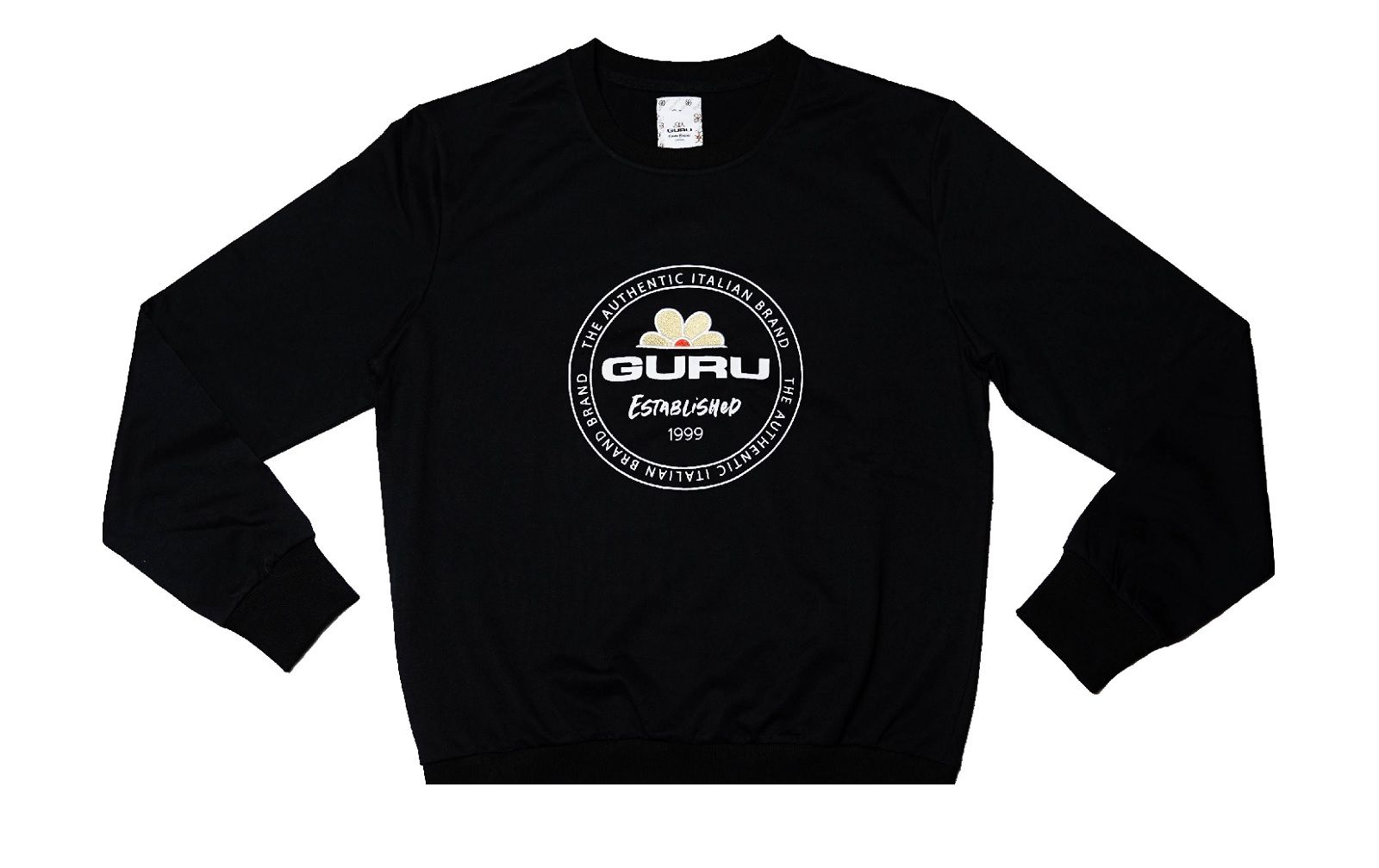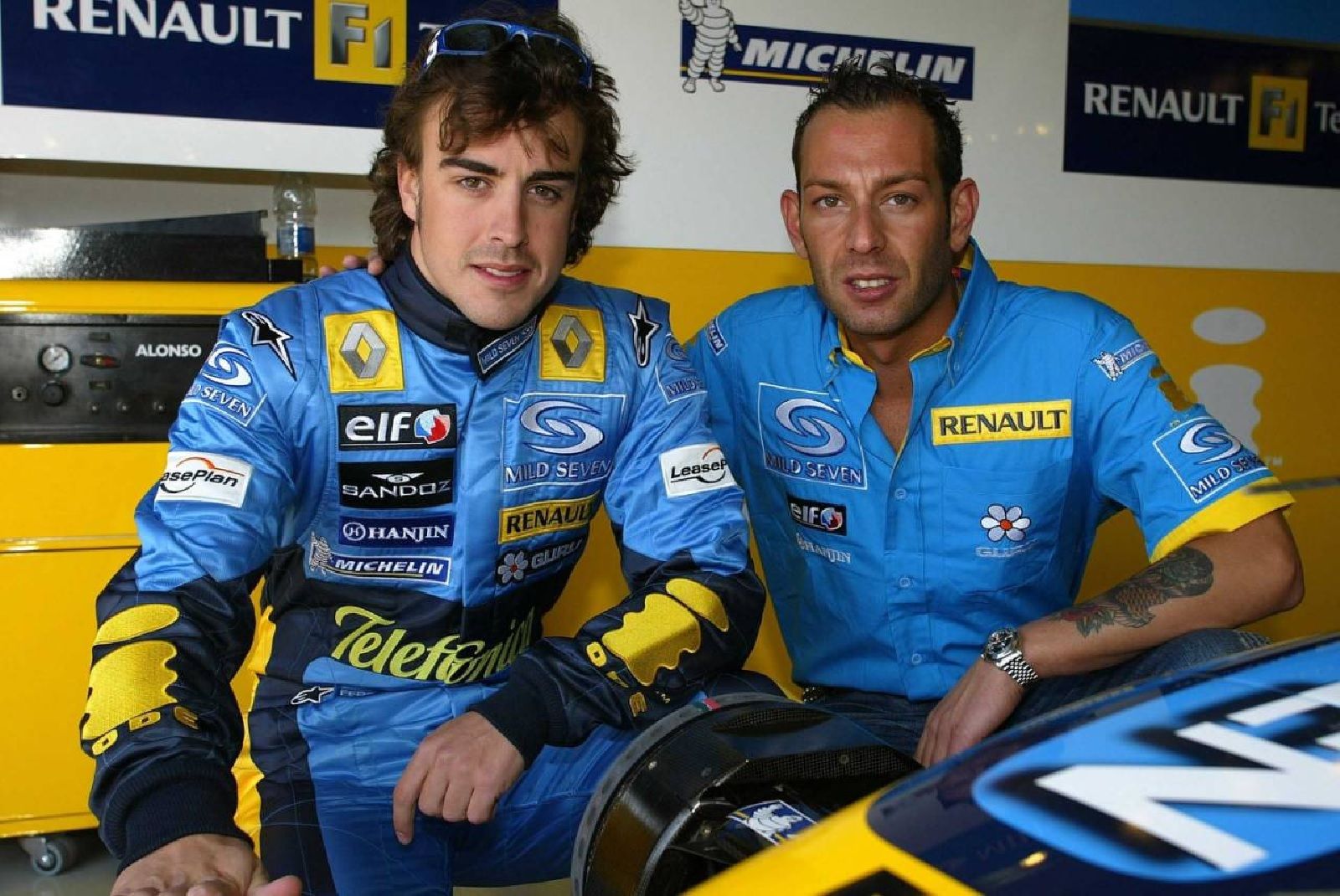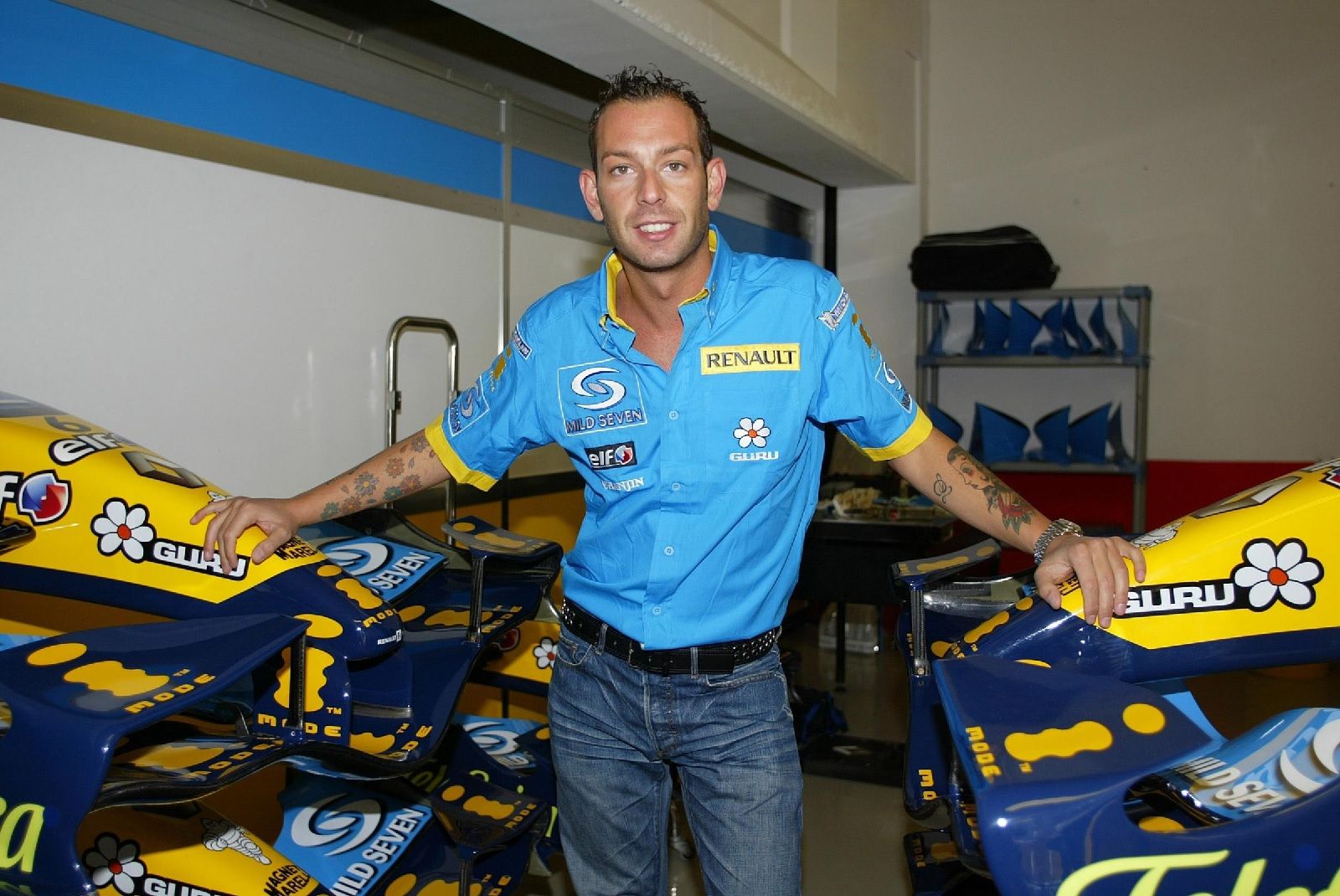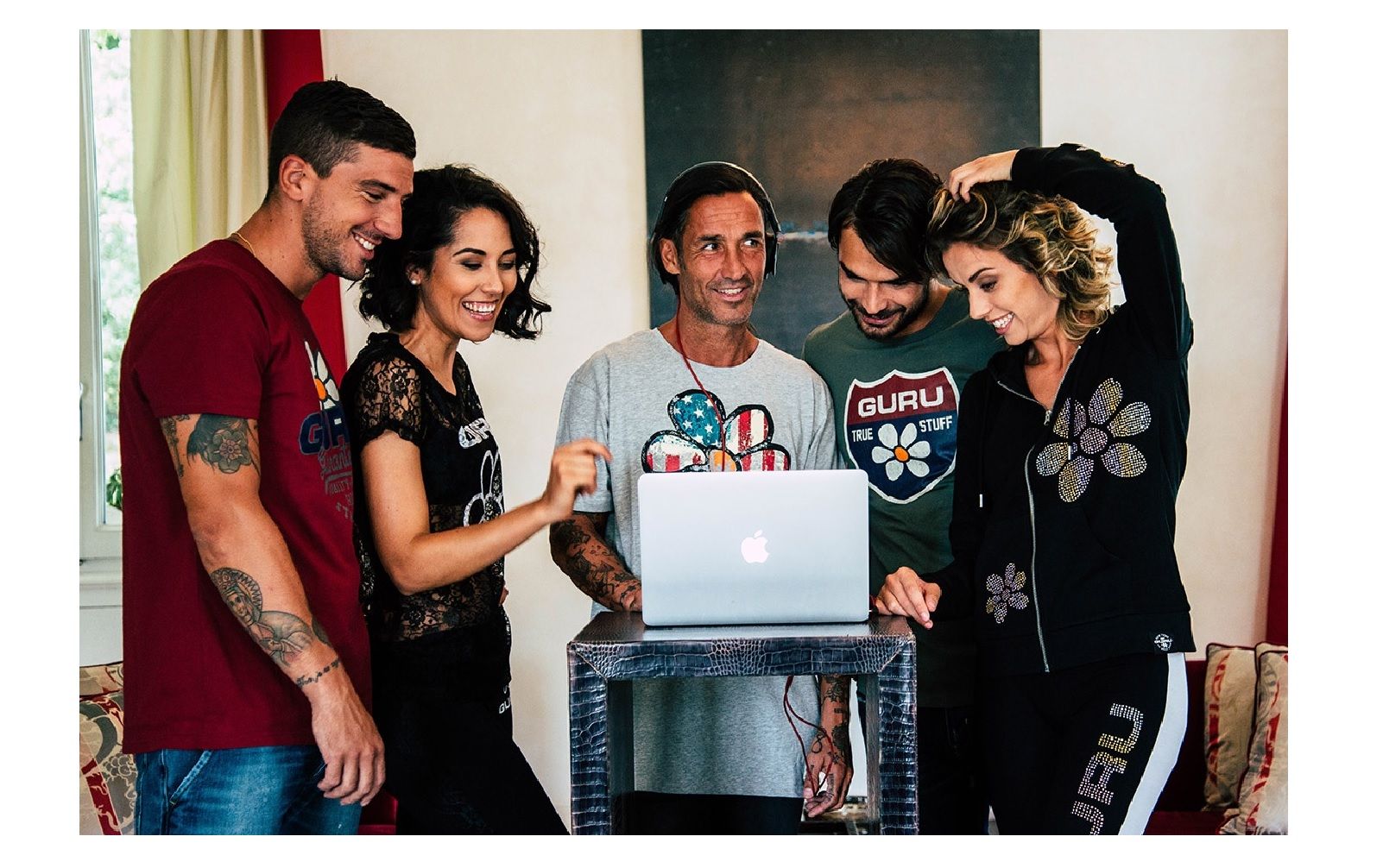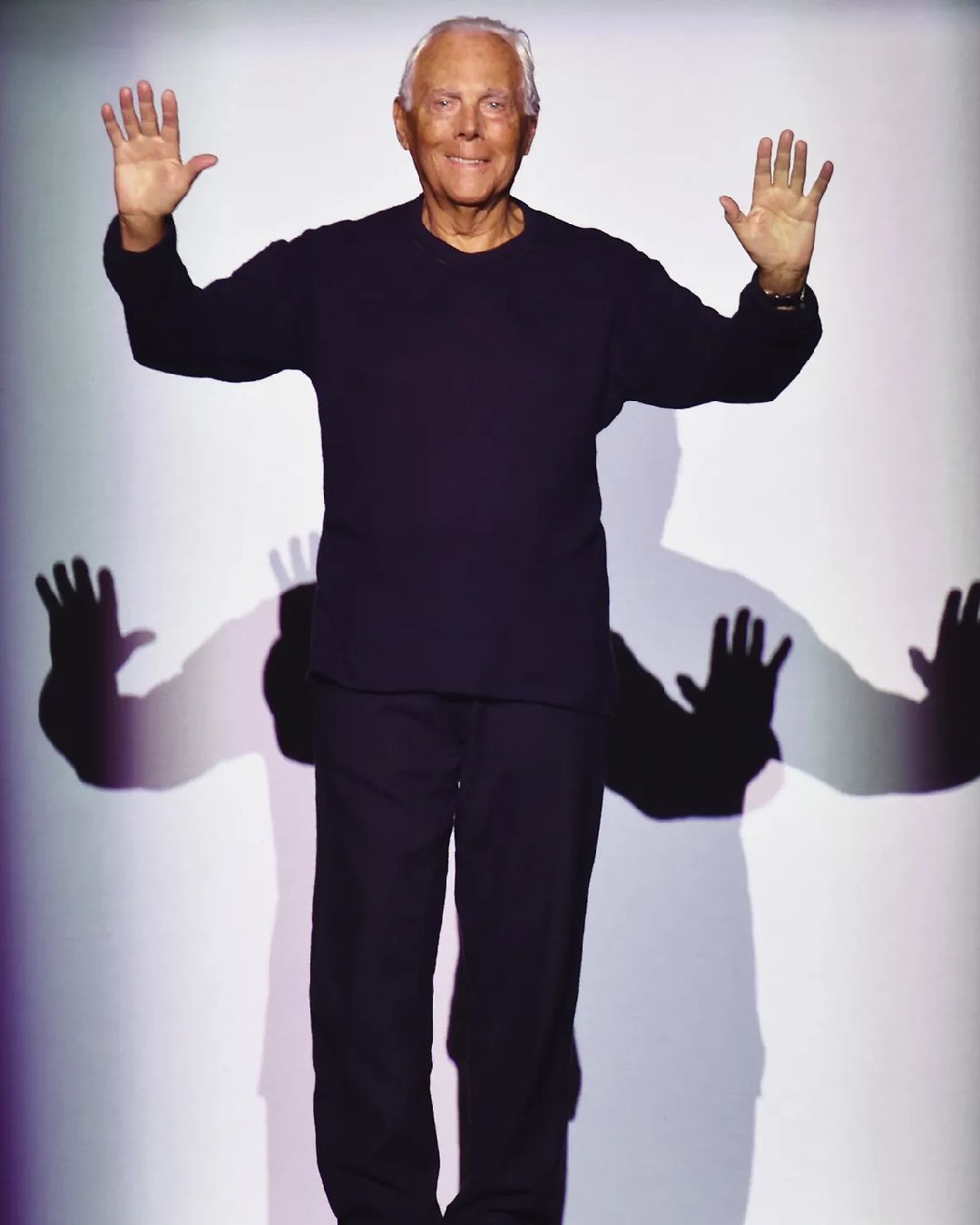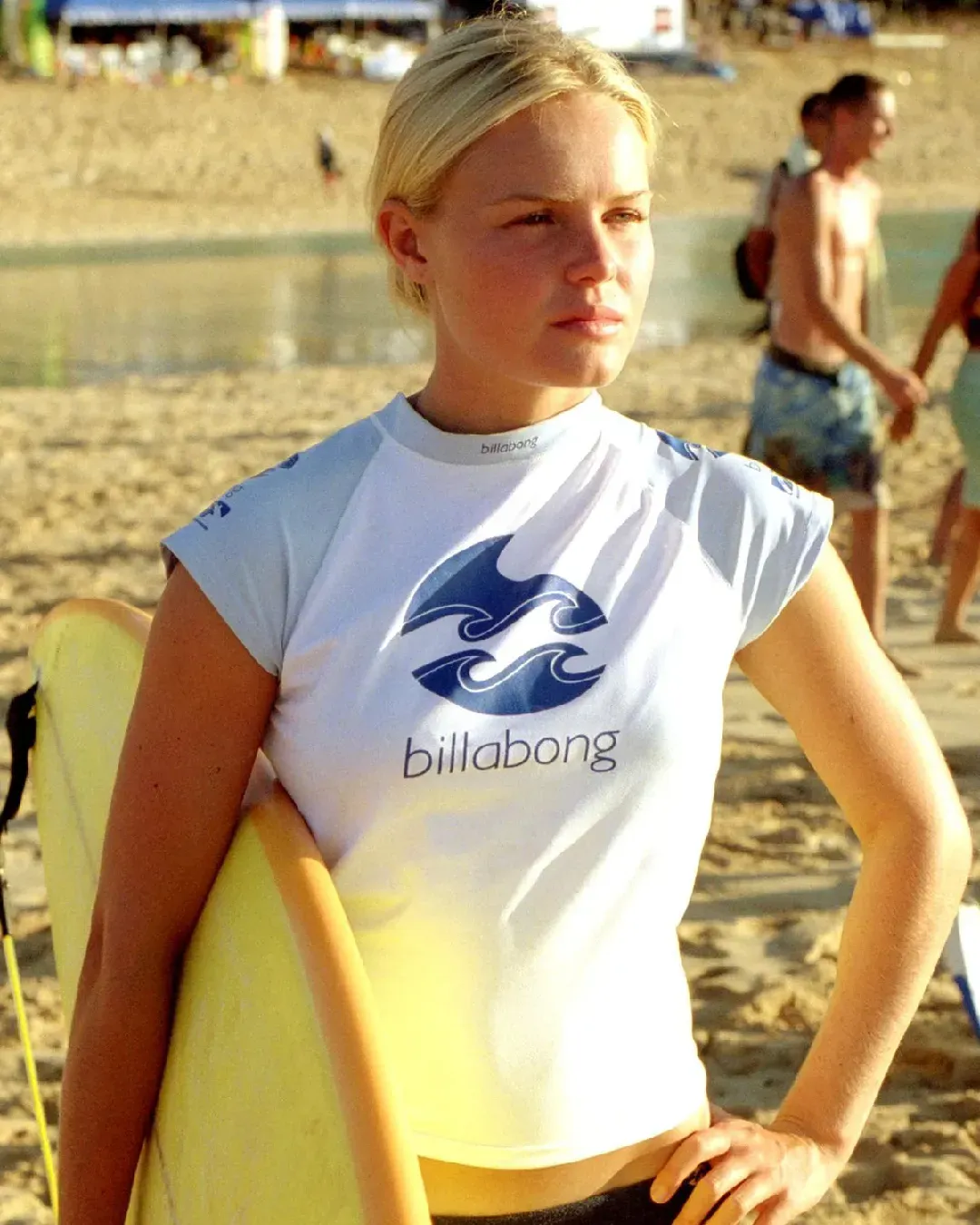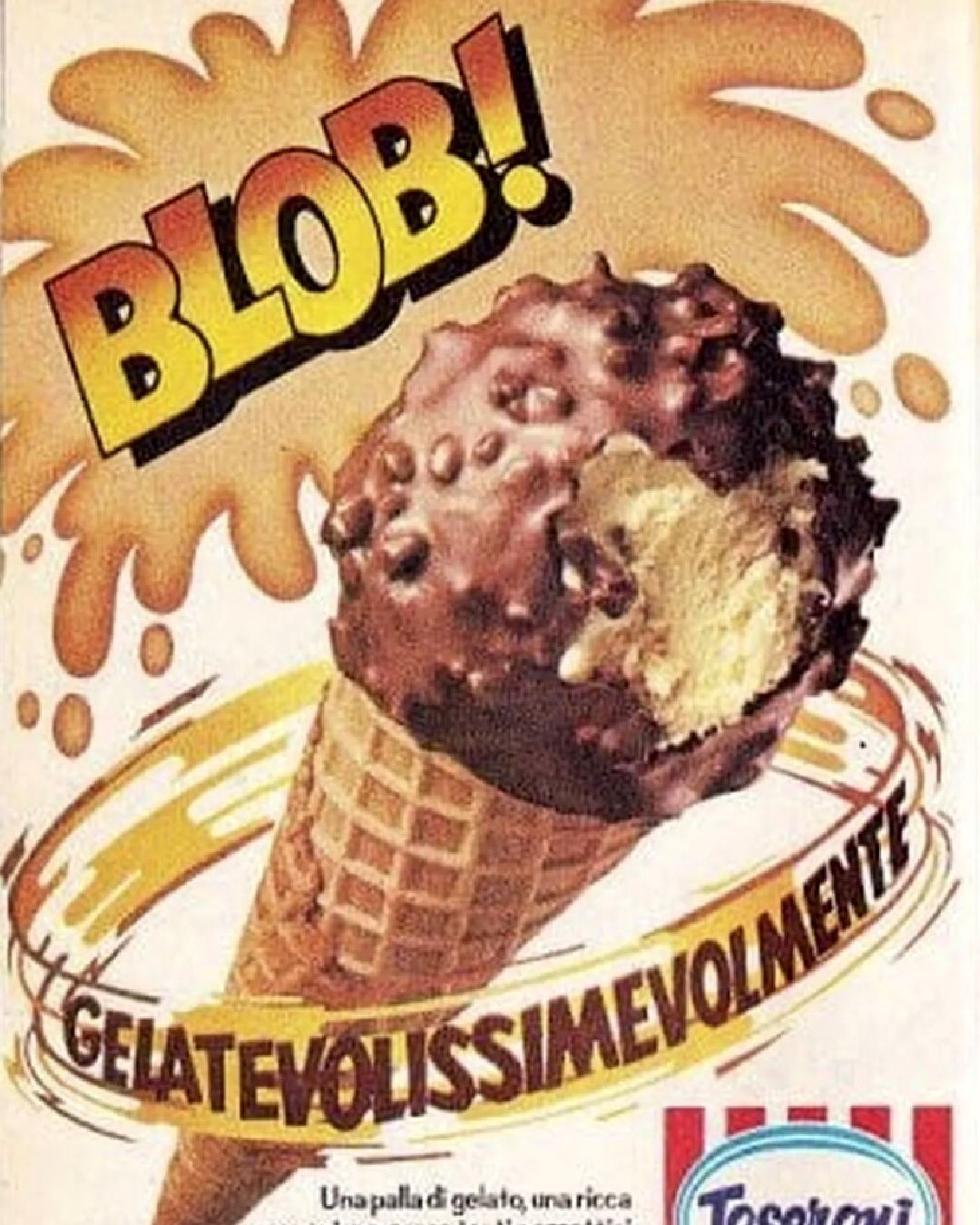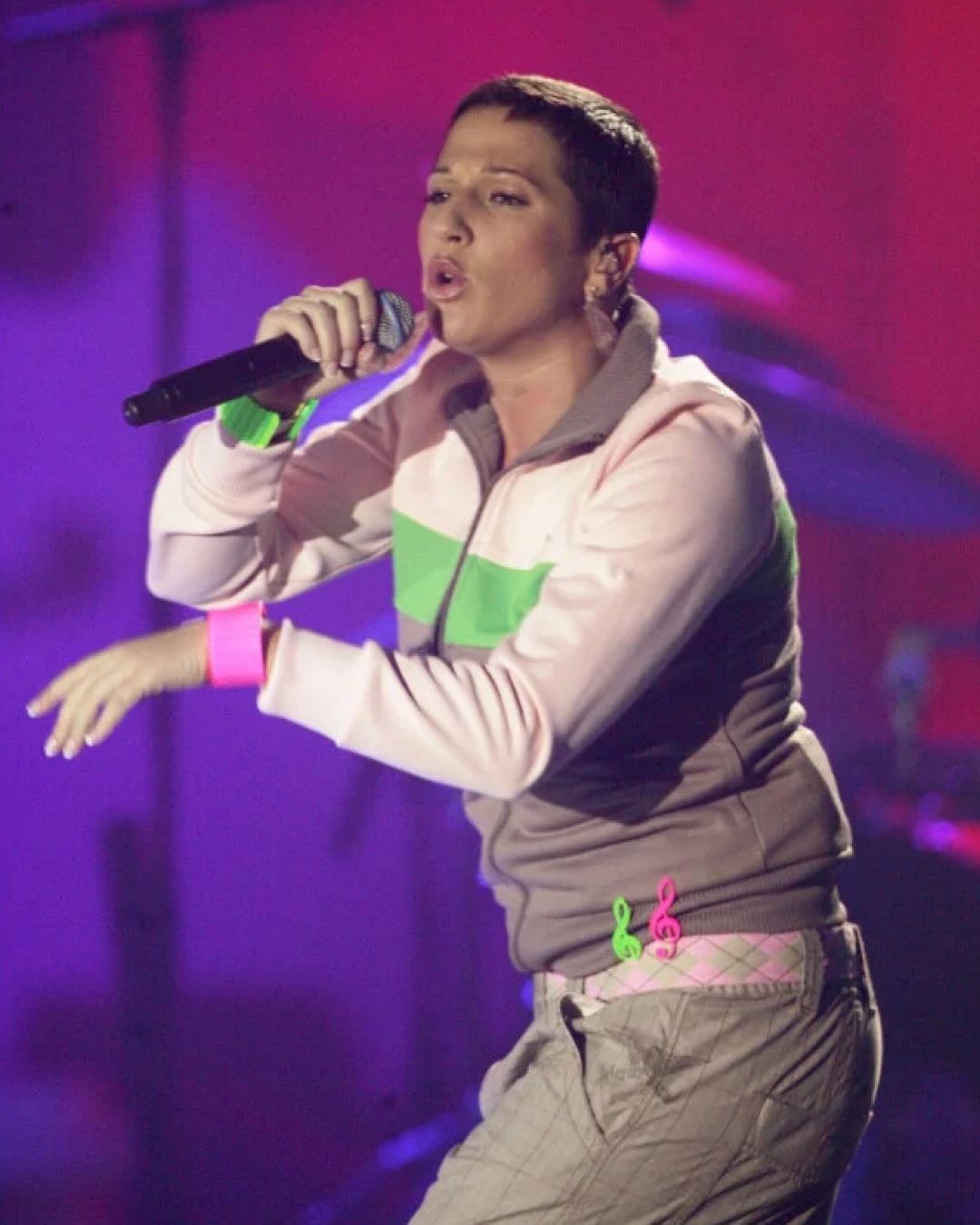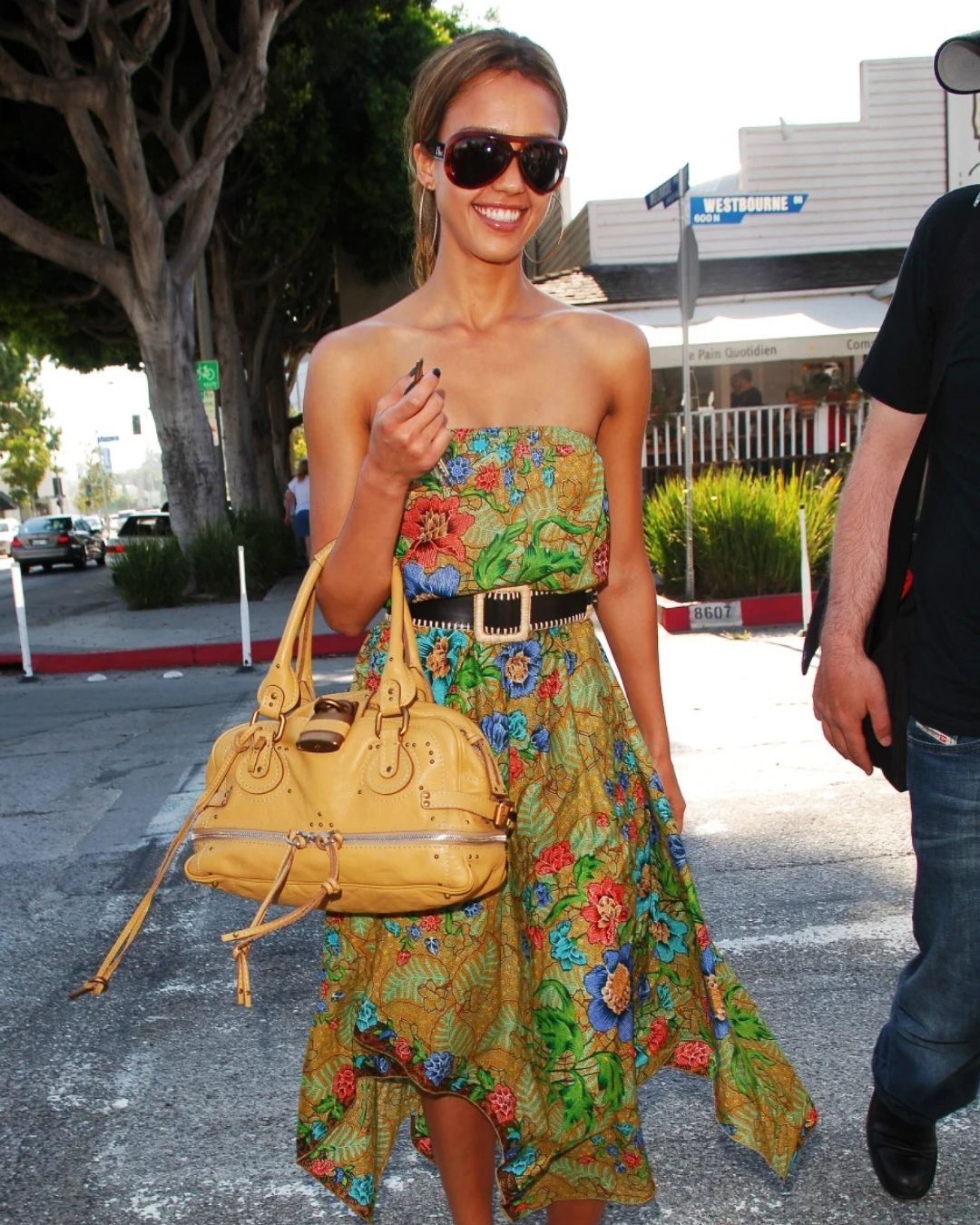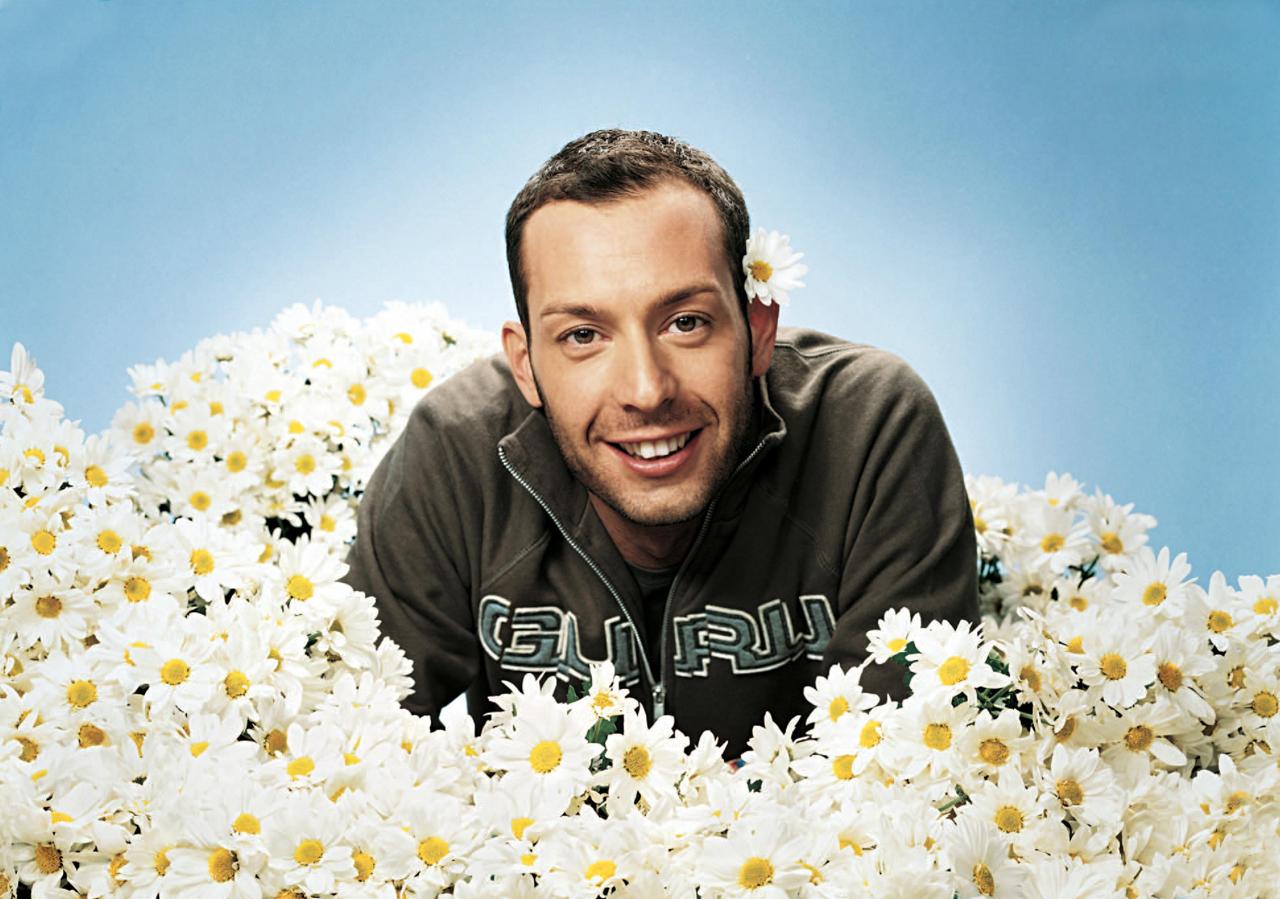
Guru, the daisy brand that left a mark on the Italian 2000s The history of the label between t-shirts, money, excesses and failures
According to the latest news, Guru is about to return. The brand that everyone wore in the early 2000s is planning the relaunch with the Lugano-based company Ibc sagl. Led by the new creative director Simone Biagioni, a former collaborator of Dirk Bikkembergs and Calvin Klein, the SS20 collection is ready to regain the popularity lost in 2008 after the imprisonment for bankruptcy fraud of its founder Matteo Cambi. The first step was the re-launch of marketing activities with a series of bike races sponsorships, followed by an international distribution through the Monegasque specialized company Ghep.
Guru's adventure started in Carpi (Modena) in 1999 when Matteo Cambi, a 22-year-old boy, founded a T-shirt and sweatshirt brand in partnership with his childhood friend Gian Maria Montacchini.
I wanted to create a very basic company, focused on t-shirts. In a couple of years the idea of the daisy was born. The print was recognizable and the brand also had a great graphic impact. Gian Maria managed clothing stores in Parma, I used to work for my mother in Carpi, in her old knitwear factory. We founded a company with a few million lire, we created the brand, we produced a small sample of t-shirts and sweatshirts. Gian Maria's wife did the graphics, we used a garage as a showroom, where we were in our spare time, in the evening.
The name of the project is Guru, selected with no reference to Indian culture or any other particular meaning, but only because it is an original word, easy to write, pronounced the same way in all languages. The first year, five thousand t-shirts were produced, but only a thousand were sold. That's when the six petals daisy was introduced, a simple symbol that could give identity to the company. Following the logo, it was just a question of marketing: the project needed to be desirable through the involvement of the right ambassadors.
Despite his lack of work experience, Matteo has a natural talent for public relations. His first strategy was to give away for free his daisy t-shirts in the coolest discos of the Riviera and of Milan. He was nice, people liked him, even the celebrities he met on his night tours, TV starlets like Elisabetta Canalis and Elenoire Casalegno and, above all, sportsmen like Bobo Vieri, Paolo Maldini, Filippo Inzaghi or Fabio Cannavaro. As the entrepreneur stated, destiny and fortune also played a decisive role in Guru's success:
Back in the day, they were the most famous and best-known football players. They weren't under contract with us, but they enjoyed wearing our brand. I went to a showroom in Milan where there was Maldini and I gave him some jerseys that he then began to wear.
The bad fashion style of the early 2000s, along with a tabloid photo taken in summer 2001 showing those players on the beach with the daisy printed on their backs, helped the Guru items to become a must-have. Following this success, Cambi began a series of major sponsorships: from those of fashionable clubs such as Pineta in Milano Marittima and Billionaire in Porto Cervo to Parma football team, up to Formula One with Renault and champion Fernando Alonso.
In that period, the most popular people were in Sardinia. I found in that place a perfect marketing environment where I could meet people to work with.
This is how the young businessman first met Flavio Briatore, joining what he himself called "a long and successful friendship":
Briatore helped me to be a sponsor of Renault for three years, two of them as world champion with Alonso. This gave me the opportunity to enter the Spanish market and earn 35 million euros with Guru in Spain.
Alongside its popularity, the company's profits were also increasing rapidly. In 2002 the sales value was already 10 million euros, in 2004 it was 70 million, in 2006 90 million and in 2007 it was expected to exceed 100 million. Guru went like wildfire, reaching the Middle East, Turkey, the United States, Japan, Brazil, China and India. The daisy brand was worldwide known and, between 2003 and 2005, it launched the new brands Guru Gang dedicated to children from 4 to 16 years old, Guru Baby Gang for children up to 3 years old and Blue Blood focused on jeans. The economic success influenced the structure of the company that soon changed its name to Jam Session, a holding company led by Cambi as well as by his mother Simona Vecchi and her partner Gianluca Maruccio De Marco, while Patrick Nebiolo, former manager of Parma football team, was the general manager.
In less than ten years the company founded by a 20-year-old with 50 million lire "to buy a computer, a telephone and pay the initial costs" turned into a giant that grows at the rate of 15 million dollars a year, so valuable to realize advertising campaigns with Stéphane Sednaoui, LaChapelle or Terry Richardson and starring Pamela Anderson and Esther Cañadas.
At the peak of his success, the golden boy of Italian fashion threw his money between pharaonic parties with Lele Mora, Flavio Briatore, Fabrizio Corona, beautiful women, alcohol and cocaine. He told this in Margherita di spine - Ascesa e caduta dell'inventore di Guru, a biography written with Gabriele Parpiglia. It was an extreme lifestyle made up of 8 grams of cocaine a day, the most expensive hotels in the world, villas, private cars, helicopters, yachts with charges on its seven credit cards of hundreds of euros. The chronicle of the time revealed that, according to the Guardia di Finanza of Bologna, Matteo and his family "spent two million on luxury watches, 15 million on gala evenings in discos or trendy clubs, and another two million on Ferrari, Bentley or Porsche. A total of 32 million, plus 22 million more as fees for consulting that Cambi asked his company to pay." A financial gap which was a major factor in the group's collapse. In a recent interview with Affaritaliani.it he explained his mistake in this way:
I created Guru when I was 24 years old, my mistake was never separating what was the company from my bad habits, my excessive shopping. I thought we were the same thing, thinking I could do whatever I wanted with it. The great businessman, on the other hand, knows well the substantial difference between himself and the company. You cannot spend money that you do not really own, but that also belongs to partners, employees, suppliers and so on.
The inquiries concerning Guru began in December 2006, after a tax audit which revealed invoices for non-existent transactions. In July 2008, Cambi was arrested on several charges, including fraudulent bankruptcy, the improper return of contributions, fraudulent tax returns and false corporate reports. When the Court of Parma declared Jam Session Srl bankrupt and arrested Cambi and the two managers Simona Vecchi and Gianluca Mariuccio De Marco, the company had debts for more than 100 million euros. Despite the bad situation, the brand Guru aroused the interest of the Indian Group Bombay Rayon Fashion Limited (Brfl), a giant in the textile industry with about 30,000 employees worldwide, which took its control from 2008 to 2015. Brfl relaunched the company with several worldwide stores openings and in 2012 even hired Cambi as a consultant. Unfortunately, the economic problems and debts of the daisy company made the success of the company impossible.
Now Guru is led by Ibc sagl and has a new creative director who hopes to reach better results from the upcoming collections, but the fame of the early 2000s belongs to the past.










































